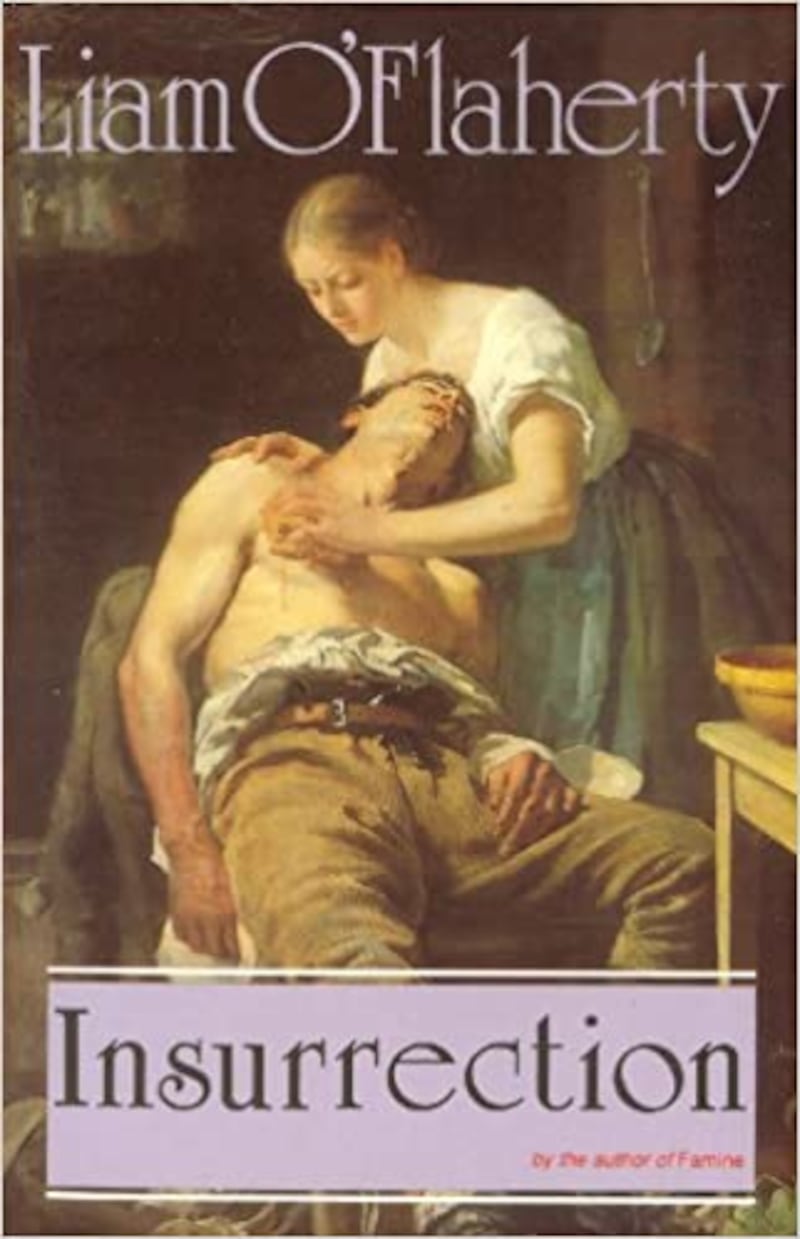Liam O’Flaherty was one of the finest of 20th-century Irish writers. Irish history was the source for much of his fiction and this, his last novel, is set during Easter week 1916. He fought in the first World War, so knew what he was writing about, and he describes the fighting authentically and vividly. He brings out the nobility of the fight – the courage, altruism and sacrifice – but also its ugliness, selfishness, cravenness and brutality.
As befits a writer who was a socialist, O’Flaherty “expresses the experience of the ordinary, multifaceted Dublin population” during the Rising, as one commentator remarked. The tenement dwellers are portrayed with humour and compassion but also realism. A more doctrinaire political viewpoint could well have marred the artistic vision that informs the novel.
Characterisation is a strong point in O’Flaherty’s other fiction but here the characters could be classified, in some ways, as types. Stapleton is the pantheistic poet, in revolt against the prevailing religious ideas and all forms of government. Kinsella is austere, self-sacrificing, committed to the idea of doing one’s duty. And Bartly Madden, the main character, is sensuous, passionate, unthinking but fiercely dedicated and loyal – the “universal soldier”.
O’Flaherty refers to a growing awareness in Madden “of the stark beauty that makes men fight and die in pursuit of a love they cannot possess or comprehend”, a sentiment perhaps inspired by Yeats’s famous line, “A terrible beauty is born”.

One stand-out feature of O’Flaherty’s style is a fondness for what might be described as “epic similes”, as when describing the effect of sporadic rifle and machine-gun fire on Madden as he and others reinforce an occupied house overlooking a canal bridge:
“Just as a ballet dancer struts about behind the scenes on tiptoe and leaps into the air to test his muscles, on hearing the confused tumult of the orchestra being tuned before the curtain’s rise, these distant sounds of battle acted as a goad on Madden, urging him to hasten preparations for the dance of death in which he was going to take part.”
Epic similes seem particularly suited to such an epochal event.











